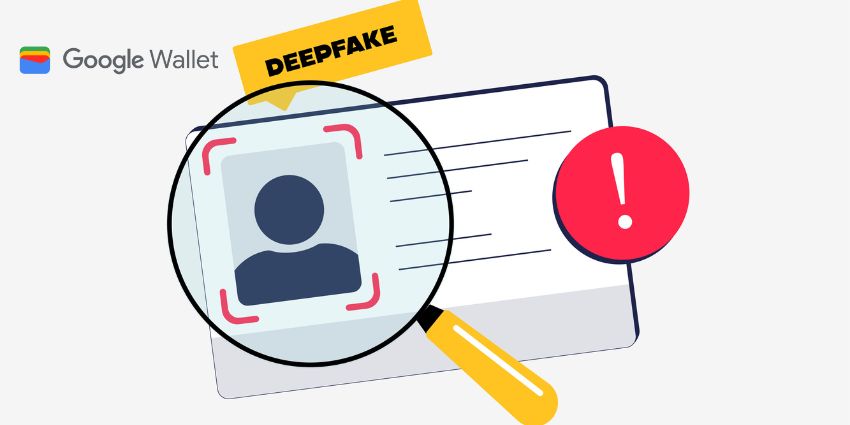“A map does not just chart, it unlocks and formulates meaning; it forms bridges between here and there, between disparate ideas that we did not know were previously connected.” – Reif Larsen, “The Selected Works of T.S. Spivet.”
It’s used to identify areas where the customer experience can be improved by gaining a deeper understanding of your customer by visualizing the customer experience.
Here are suggested steps to create a customer journey map:
Create Your Customer Persona
Persona is a fictional representation of the ideal customer that helps you to understand their needs and pain points.
Map The Journey
This includes all the touchpoints with your business, from first awareness to post-purchase support.
Map Emotions
Customers experience a range of emotions throughout their journey. By mapping emotions, you more readily identify where the customer experiences friction.
Pinpoint Opportunities for Improvement
This can include making your website easier to use, providing better customer support, or offering more personalized experiences.
Get Your Team Involved
Creating a meaningful map requires collaboration. So, invite team members from across the business, including sales, marketing, customer service, and product development. Their insights are crucial.
Get Customer Feedback
Share the map with customers. Their opinions will validate whether the map is accurate and reflects the customer’s feelings.
Keep It Up to Date
Nothing stands still, especially in business. The customer journey is an evolving process. So, make sure you revise your customer map regularly to reflect changes in the market and the customer’s needs.
Data is everywhere, but how can you use it to enhance your customer experience and journey? Data analysis is crucial for understanding your customers’ needs, preferences, and behavior, and for delivering personalized and relevant service. However, data alone is not enough. You need to turn data into insights and insights into action.
One of the best ways to do that is by creating a customer journey map and tying data to each touchpoint. A customer journey map is a visual representation of the steps a customer takes to complete a specific action, such as signing up for a product trial or subscribing to a newsletter.
By mapping out the customer journey, you can see where your customers are delighted and where they might experience friction or frustration.
By linking data to each touchpoint, you can measure the effectiveness of your customer experience and identify opportunities for improvement. For example, you can track metrics such as conversion rates, bounce rates, satisfaction scores, and feedback surveys to see how customers are responding to your website, email campaigns, social media posts, or chatbots. You can also use data to segment your customers based on their demographics and behavior.
Data can also help you personalize the individual experience for each customer. By using big data and predictive analytics, you can anticipate customer needs and expectations, and provide timely and relevant solutions. For example, you can use data to send personalized recommendations based on previous purchases or browsing history or to trigger proactive outreach based on customer behavior or events.
Another way to leverage data is to unify it across departments and platforms. Data silos can create inconsistent and disjointed customer experiences, as different teams may have different or incomplete information about the customer. By unifying data, you can create a single source of truth for your customer data and enable collaboration and alignment across teams. This way, you can provide a seamless and cohesive customer experience across channels and touchpoints.
Data is a powerful tool for enhancing the customer experience and journey, but it needs to be analyzed and applied effectively. Customer journey mapping is a valuable technique for visualizing and measuring the customer journey and tying data to each touchpoint. By using data to understand your customers better, you can provide personalized, relevant, and proactive service that delights them at every stage of their journey.
For more information about the value of mapping the customer journey, watch a recorded webinar with Sumita Mullick, Vice President of Customer Service and Operations Analytics at Wellmark Blue Cross Blue Shield. You’ll learn why it’s critical to review and improve the end-to-end journey, and how to identify growth opportunities that move the needle. Click here to watch.







